It’s time for an instruction set showdown with RISC-V vs. ARM: Which Is Better?
Those familiar with CPU technology know that the x86 and x64 CPUs on offer from Intel and AMD aren’t the only CPUs available on the market.
ARM has long been providing the CPUs that drive Android and iOS devices, which are becoming more competitive with mainstream Windows desktop machines every day.
So, how does ARM compare to a RISC-V, a new standard meant to compete with it?
We’ll dive into the comparison together below, and make sure you know all you need to about RISC vs. ARM before the end of this article!
TABLE OF CONTENTS
What Is ARM?

ARM* is a reduced instruction set architecture (RISC) for CPUs, mainly for smart devices and other low-power devices.
Compared to the complex instruction set architectures (CISC) used by 32/64-bit desktop CPUs, ARM has a few limitations due to reduced instruction set but offers much lower power consumption in turn, and over time, has become quite capable as a mainstream CPU architecture.
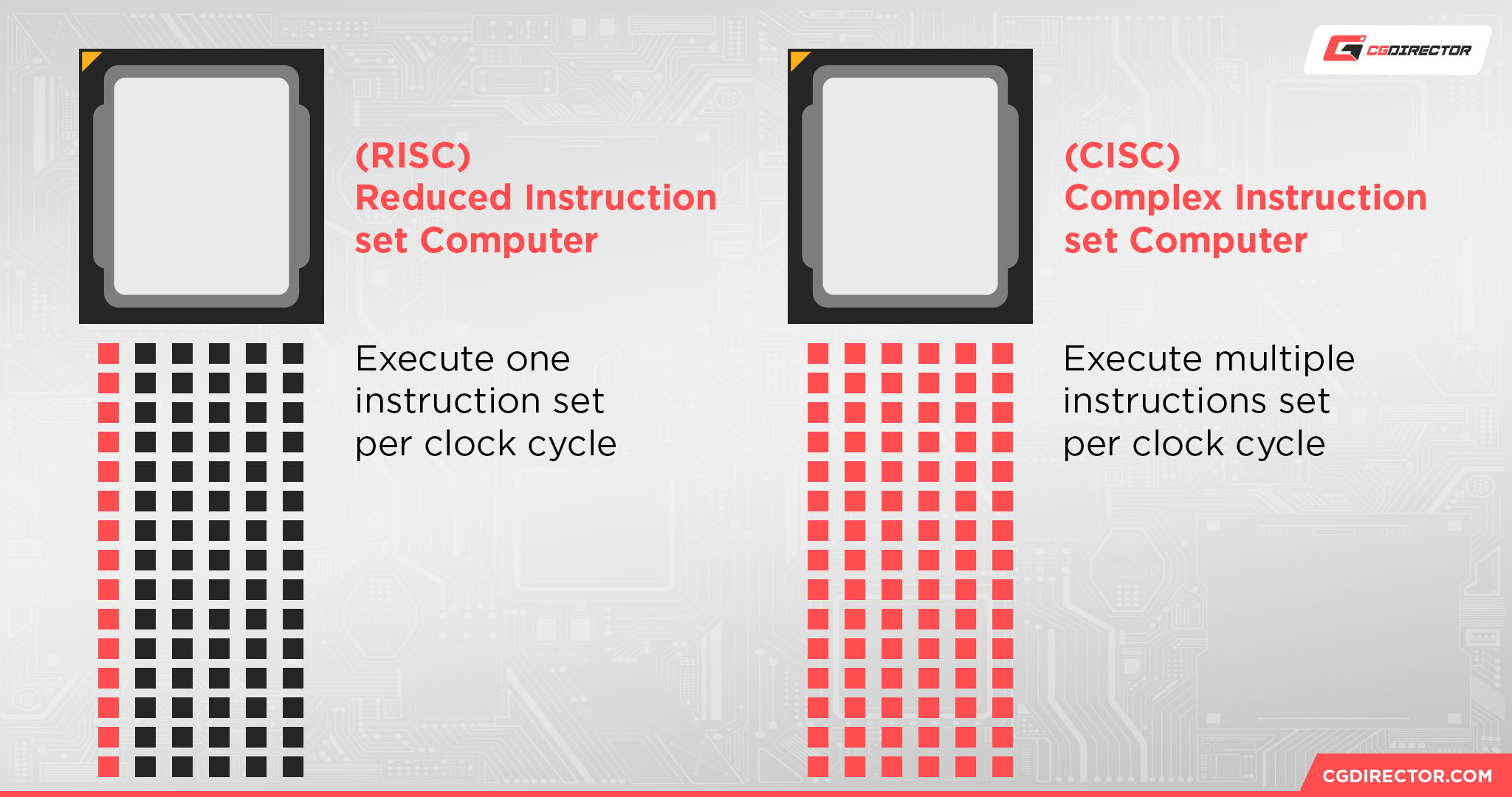
*ARM used to stand for Advanced RISC Machines, the company responsible for making ARM CPUs.
ARM CPUs have long been the industry favorite for smart devices and even sees use as the main CPU architecture used by Apple’s Mac computers.
As proven by Apple’s progress emulating the x86 CISC used by Windows, ARM utilized correctly can be made to run applications for more powerful architectures if the hardware brunt and software support are present.
There are other implementations of ARM in the desktop space, too, though you’re more likely to have luck with Linux than Windows on ARM.
What Is RISC-V?

RISC-V (pronounced Risk Five) is another reduced instruction set architecture (RISC) for CPUs and is also geared toward low-power devices.
This puts it into immediate competition with ARM, and this is by intentional design, though the adoption of RISC-V is much more limited than ARM.
The main reason this article exists is to elaborate on why RISC-V exists, how it actually competes with ARM, and what it has to offer.
The x86-64 architecture used by modern high-end PCs is shared by Intel and AMD. ARM is owned by ARM.
Using an x86-x64 or ARM CPU in your device (as a manufacturer) requires that you pay a licensing fee to manufacture a device with those CPU architectures in use. RISC-V, in contrast to the established market, has no licensing fees to speak of.
RISC-V’s nature as a free and open instruction set architecture (ISA) means that anybody can manufacture and sell a RISC-V device without paying a licensing fee.
RISC-V gives particular reign to designers who want to create custom CPUs as well since the ISA can be extended with extra features/instructions at will of any given manufacturer.
With the basics established, let’s move forward to the showdown you’re here for: RISC-V vs. ARM.
RISC-V vs ARM: Which Is Better?
RISC-V vs ARM: Capabilities
First and foremost, let’s talk about the capabilities of our two ISAs, RISC-V and ARM. Since they’re both RISCs by nature, the overall capabilities should be similar, in theory. They both already support 64-bit operating systems, for example.
As mentioned prior, ARM devices can support Android, iOS, and Mac OS without issue.
Recent ARM-powered Macs are even proving surprisingly competent at emulating Windows applications developed for the more advanced CISC architecture, x86-64. ARM is also well-supported on Linux.
RISC-V isn’t going to be running iOS, Mac OS, or Windows anytime soon. However, RISC-V devices have been seen running Android, and Google is actually pushing development for RISC-V as a “Tier-1” Android architecture.
Since Linux is free and open source, it also has good support for RISC-V, with major Linux distributions like Ubuntu and Fedora already supporting the architecture.
At the immediate time of writing, there’s no denying the fact that ARM is much farther along in developer support than RISC-V is. However, RISC-V is showing signs that with the right developer support, it will eventually be capable of running all the same applications as ARM.
Winner: ARM, but RISC-V’s ongoing development and adoption makes it a promising competitor.
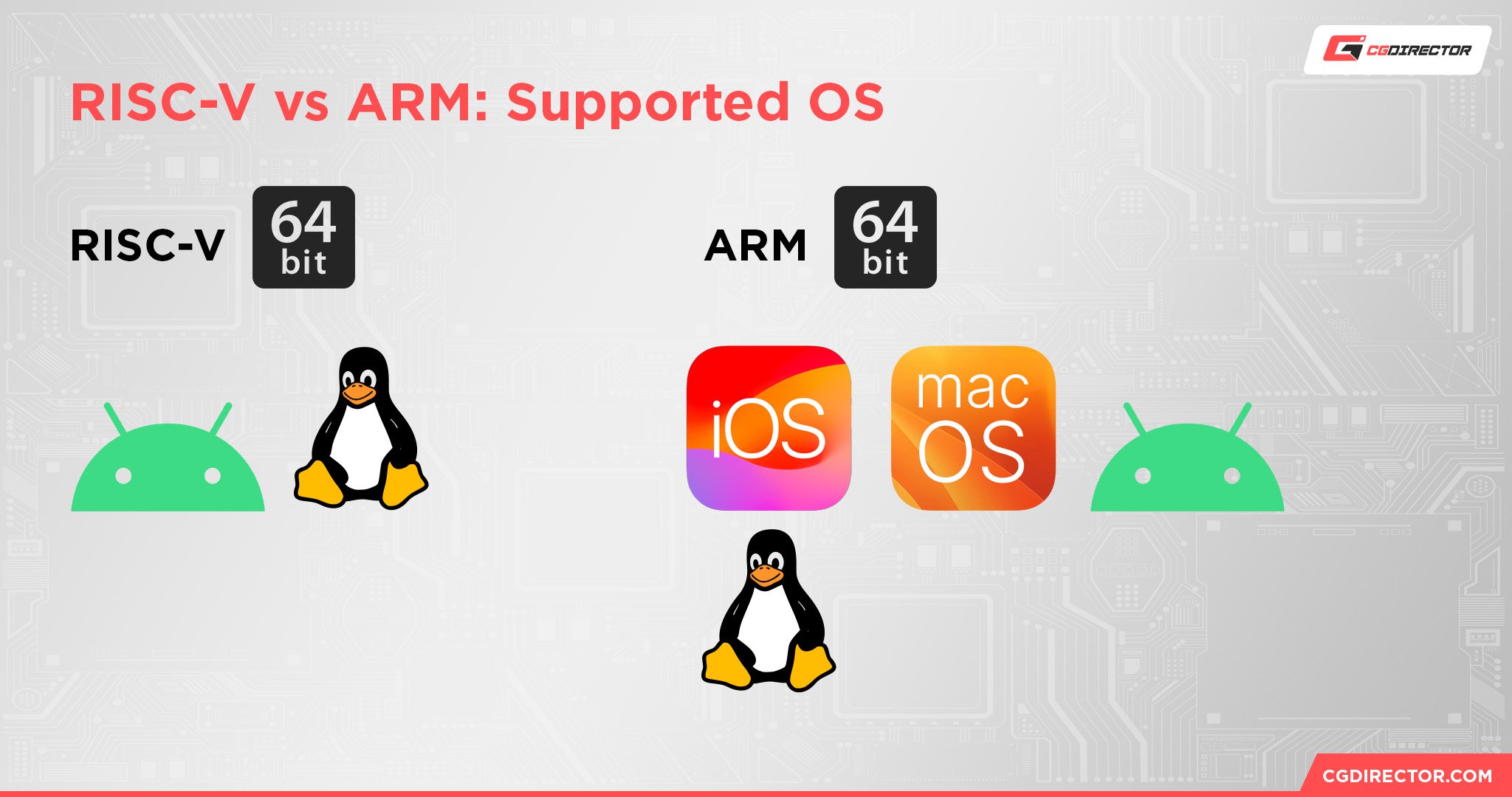
RISC-V vs ARM: Manufacturer Support
In terms of manufacturer support, ARM has a clear and obvious lead over RISC-V. While RISC-V devices capable of running Android and other mainstream operating systems are in the works, ARM is on an overwhelming majority of smart devices today.
However, this doesn’t mean RISC-V is without manufacturer support. RISC-V’s alliances spread across the globe, and a wide variety of manufacturers small and large are making RISC-V devices as we speak.
Most RISC-V devices are still low-power, though, more built for developers than end consumers.
Winner: ARM
RISC-V vs ARM: Pricing
The main advantage of RISC-V over ARM is in its pricing, and not just for you, the end consumer.
Since RISC-V devices don’t have to pay licensing fees to use RISC-V CPUs, they can be made and sold for much cheaper than ARM devices. This is likely why China and Russia are both accelerating their own RISC-V production.
Today, the pricing advantages introduced by RISC-V being license-free aren’t going to be as noticeable due to the still ongoing development of operating systems and software capable of fully utilizing the new architecture.
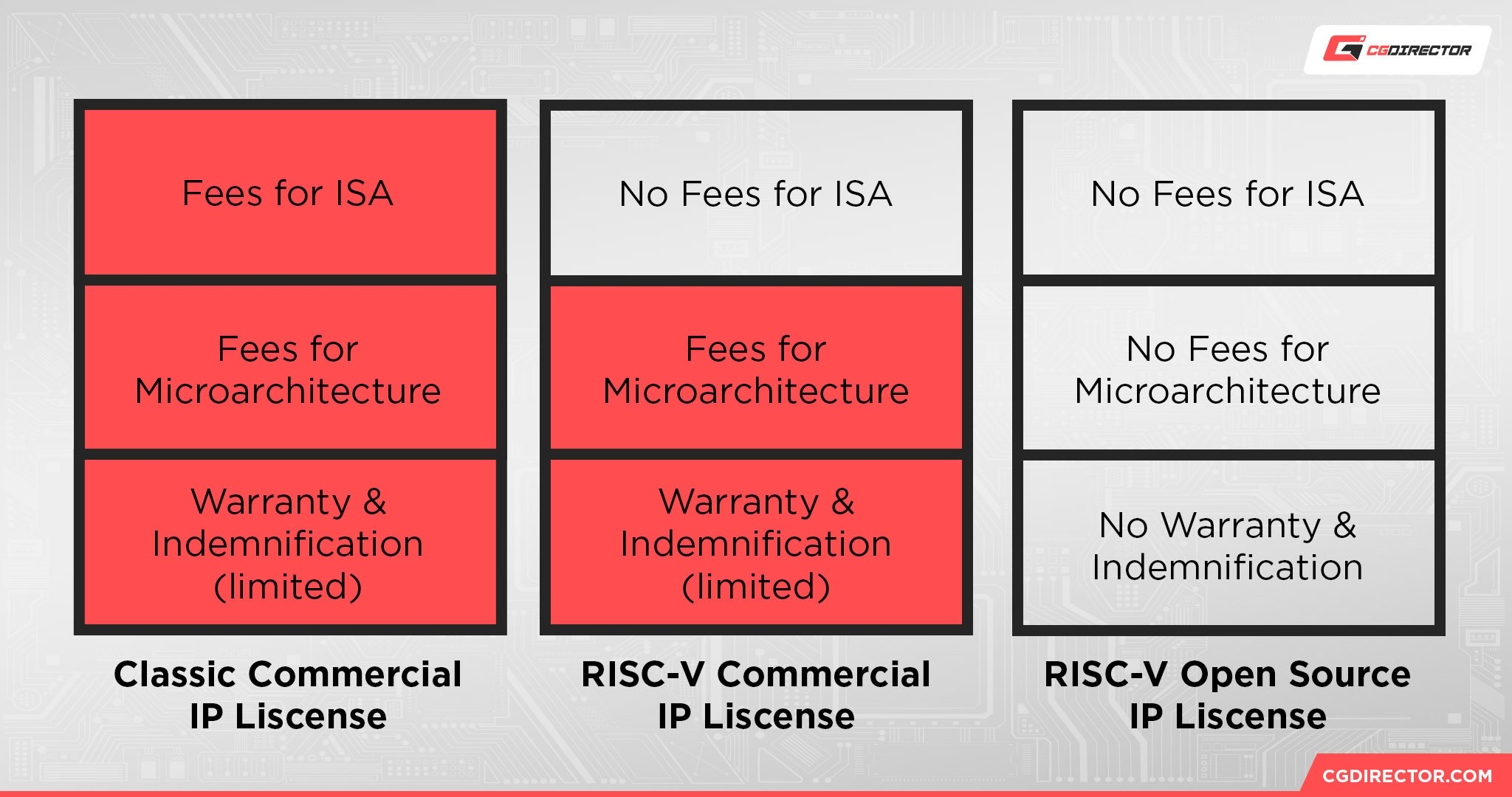
In the long run, however, RISC-V shows itself to be cheaper for everyone involved compared to ARM, and the current RISC-V developer devices on the market are suitably cheap in line with that expectation.
Winner: RISC-V
RISC-V vs ARM: Conclusion
So. At the end of the day, you need a direct answer to the question posed by this article. RISC-V vs ARM: Which Is Better?
The answer is ARM…today.
Right now, most of the excitement around RISC-V CPUs are around the possibilities introduced by such devices, not what those devices are actually doing.
RISC-V smartphones don’t exist yet, and likely won’t until Google has finished fully polishing Android support for the RISC-V architecture. Performance PC, workstation, and server users are still on x86 as well, and unlikely to change anytime soon, barring Mac Workstation users.
As cool as RISC-V is for the future of low-cost, low-power computing…it’s going to take some time and lots of work from prominent developers and manufacturers to make it a worthwhile competitor to ARM. That work is progressing even as we speak, though.
FAQ
How Many RISC CPU Architectures Are There?
Obviously, the main two RISC CPU architectures right now are ARM and RISC-V.
However, these aren’t actually the only two RISC architectures. There are actually dozens of RISC architectures— too many to list and cover in suitable detail here!
However, a mini history lesson on RISC architectures is suitable. As it turns out, RISC architectures have a long, storied history in computing. They’ve been manufactured in one form or another since the 1960s!
Prominent examples include the IBM PowerPC 801 (completed in 1980) and the Motorola 68000 (circa 1979). RISC computing has actually been in mainstream devices for decades, including gaming consoles before they started turning to x86 architecture as of the PS4 and Xbox One.
Even today, the Nintendo Switch line still uses an Nvidia ARM SoC, which is still a RISC architecture!
What Operating Systems Support ARM CPUs?
At the time of writing, ARM enjoys some pretty strong operating system support.
Major operating systems that support ARM CPUs include:
- Android
- iOS
- Mac OS
- Windows (limited)
- FreeBSD
- Arch Linux
- Ubuntu Linux
- WebOS
- Tizen
- …and more! If your device isn’t running an x86 CPU for Windows support, chances are very high it’s running an ARM CPU instead.
Is RISC-V The Future Of Computing?
The hype around RISC-V is substantial— so much so that the above header is actually one of the most frequently asked questions about RISC-V!
So, is RISC-V the future of computing? I’d say the answer is a very firm “maybe”.
As it stands, RISC-V isn’t outperforming ARM or x86-64 in their respective niches.
As RISC-V continues to progress, it may begin to give ARM some genuine competition, especially in the low-cost microcontroller, PC, smartphone, and router markets…but that future is reliant on developer support and hardware that isn’t actually present yet.
The promise of no licensing fees is very compelling for manufacturers, make no mistake. But I can hardly call a budding RISC CPU architecture “the future” when the current outlook is so dominated by ARM and x86.
Over to You
And that’s all, for now!
I hope this article helped clarify the RISC-V vs. ARM matchup for you. As it stands, I’m excited to see how far RISC-V devices will eventually progress in the market, but I’m also not rushing to tout RISC-V as the future of hardware, either.
RISC-V’s best days aren’t going to be here until it gets mainstream OS support from at least Android, and even then the devices and the performance is going to need to be present in order to justify a pivot away from ARM in smart device manufacturing.
Want to share thoughts of your own on this, or have other questions about PC hardware?
Feel free to fire off in the comments section below, where me or another CGDirector Team Member will be happy to assist you. Alternatively, you can also take longer-form questions and discussions to the CGDirector Forum, which is active with other Enthusiasts and Experts.
Until then or until next time, happy computing! And remember: it’s “Risk Five”, not “RIsk Vee”.
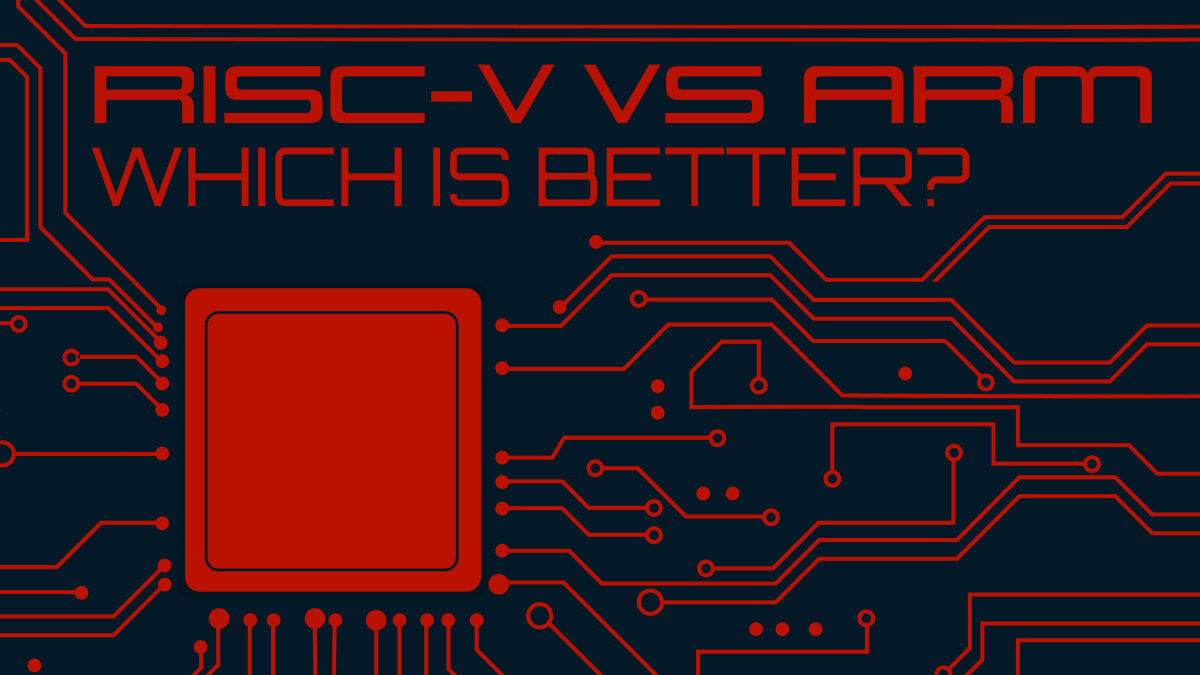
![How to Get a CPU Cooler off of a CPU [Un-stick Glued-On Cooler] How to Get a CPU Cooler off of a CPU [Un-stick Glued-On Cooler]](https://www.cgdirector.com/wp-content/uploads/media/2024/03/How-to-get-CPU-Cooler-off-CPU-Twitter-copy-594x335.jpg)
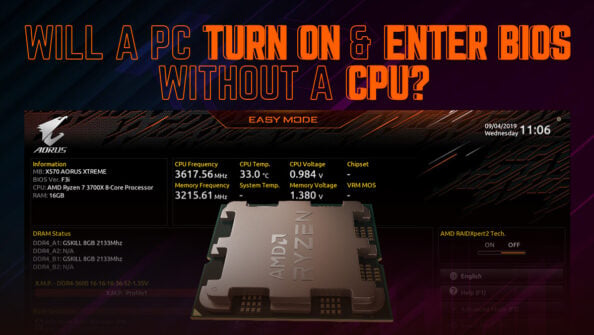
![“Best” PC Bottleneck Calculators [CPU/GPU]: Do they even work? “Best” PC Bottleneck Calculators [CPU/GPU]: Do they even work?](https://www.cgdirector.com/wp-content/uploads/media/2024/01/Best-PC-Bottleneck-Calculators-CPUGPU-Explained-Twitter-594x335.jpg)
![Best CPU for Video Encoding [2024 Update] Best CPU for Video Encoding [2024 Update]](https://www.cgdirector.com/wp-content/uploads/media/2022/02/Best-CPU-For-Video-Encoding-Twitter-594x335.jpg)

1 comment
23 September, 2023
The m68k is a CISC architecture IBM’s power has always been RISC and just as IBM led the way in mainframes they led the way in migrating from CISC to RISC in mainframes (system/360 was CISC).